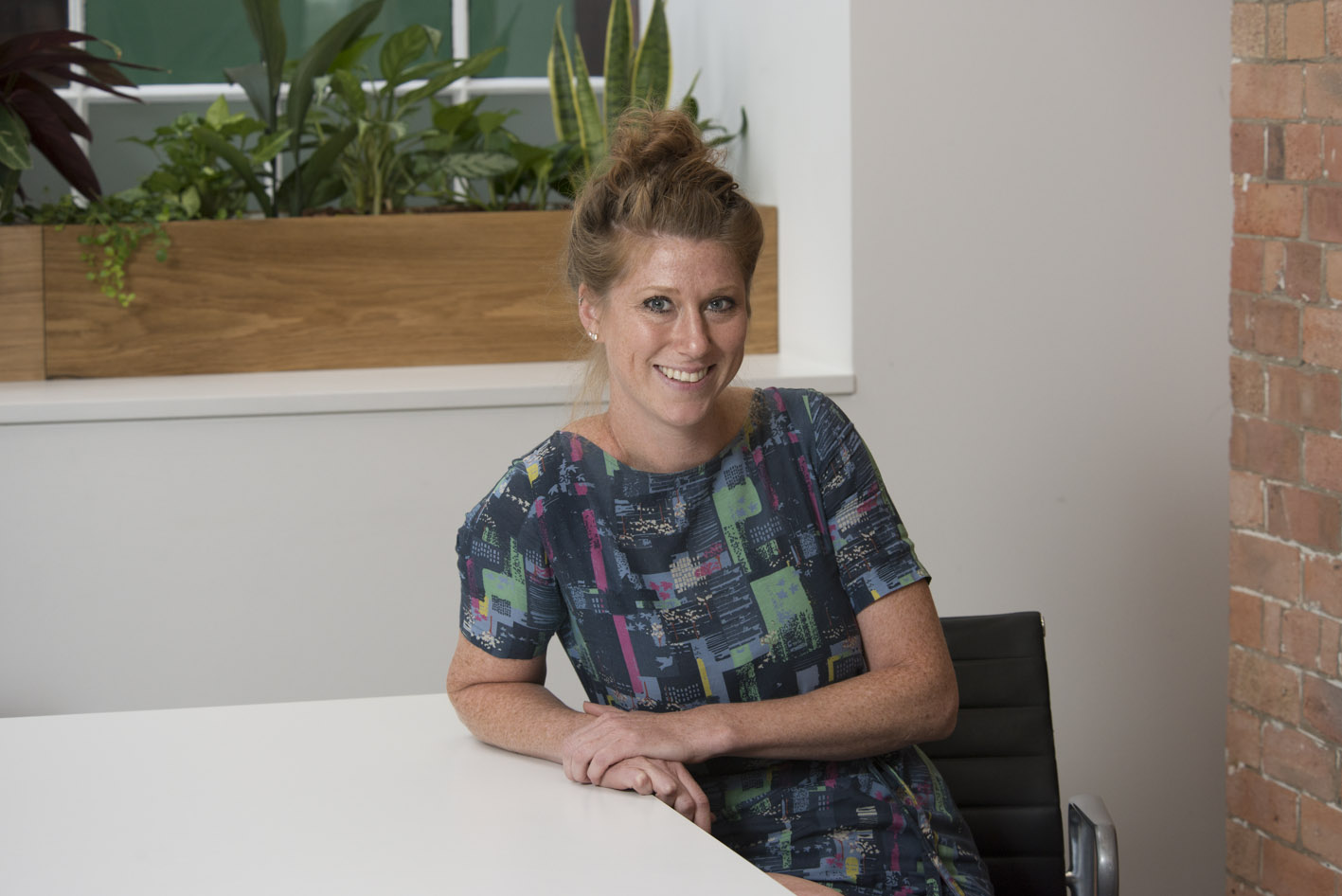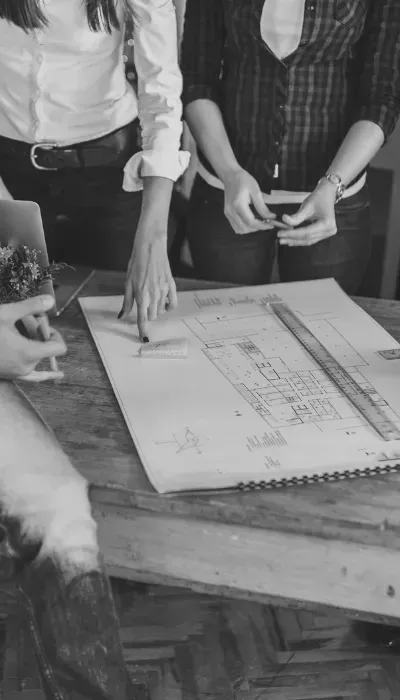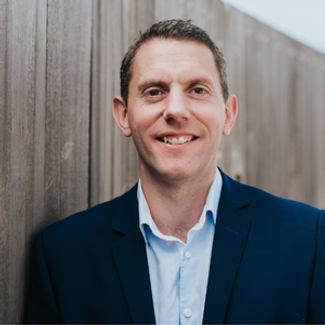We were delighted to have the opportunity to meet with Sarah Brown, Project Director at TP Bennett to discuss her career, her advice for young designers and her feelings on women in the workplace.
Sarah’s career began after completing a degree in Interior Architecture. Having finished this at the height of the recession, she spent her time working part-time in a furniture retailer and part-time job hunting.
"I researched practices in Washington DC and walked door to door handing out my CV and Portfolio. I often asked for the Head of Interiors or for individuals directly after researching firms and designers on the internet.”
She continued “I was lucky enough to have many of these important leaders take the time to see me, something I am not so sure people would do today.” Her hard work paid off and she met a female Head of Interiors in Washington DC, who offered Sarah her first job. “I am so grateful for the opportunity she gave me. I think more leaders need to respect how hard it is finding your first job and that different people will have different approaches to securing their first position.”
Starting her career in a recession actually ended up being one of the best things that happened in her career. “The offices were lean so from a very young age I was given the opportunity to be a part of influential projects from beginning to end. Many young designers never have the chance to do this and can become quite limited in the skillsets they develop.”

The importance of networking and personal branding
The practice had a unique approach to developing its young team members. “We were actively encouraged to get out and about to network and grow our business development skills. This is something that I have taken with me through my career.” It wasn’t just networking that Sarah learned from doing this. “It has taught me the importance of building my personal brand and adding value to the business I work for. I found it was important for me to think not just about having a job, but rather to think about myself as actively creating the company I work with while pursuing the career I want to have.”
Deciding it was time for a change, Sarah moved to another practice in DC, a smaller-sized firm where she was immersed in projects with an intense focus on the creative. “The practice was highly selective about the work they took on. We were in an environment where our clients had a lot of money and expected a high-touch service. You had to be very creative and very patient.”
Moving from the US to London, UK
After a successful career in the US, Sarah made a significant move to London in 2014. “It was tough moving to a new country. Understanding the market has been a long and challenging journey. The UK is completely different to the US.”
Coming from the US and with a fresh-eyed approach to the UK market, we enquired if Sarah thought there was enough mentoring available for young people after finishing their degree “Unfortunately I think a lot of firms in the industry suffer from ‘churn and burn’.” She explained further “There are so many people coming to London looking for jobs. They get hired quickly, get forgotten and some practices lose people due to neglect.” This is certainly not something Sarah advocates at TP Bennett. “We all suffer from market and client pressures, but we have to foster talent in the midst of this.”
Advice for graduates
In this tough marketplace, we asked Sarah to offer her own personal advice to young people starting in the industry “It is not going to be easy so you need to use every resource available to you. If you are at university, placements are a great way to learn and make connections. You need to meet as many people as possible and develop long-lasting relationships.”
If it is a difficult market to enter why should young people still pursue a career in the industry? “This field might not make you rich in money terms, but you will get the opportunity to meet lots of amazing, talented, creative and driven people within its network. It’s all about developing and challenging yourself. The industry of Architecture and Design is a great way to learn about and from different working cultures which will help you to make decisions within your long-term career goals.”
Women at work
Once young people are in the workplace and have progressed in their careers how well do you think practices are doing when it comes to supporting women on maternity and their return to work? “I actually think the UK is very good at being supportive of people who have families. What I think we haven’t quite cracked yet is the return to work after maternity leave.”
An interesting statement, we asked why she thought this was? “I think the length of time on maternity leave poses challenges for return to work. I come from the US where three months is generous. Here, you can be off for up to a year. That is a huge amount of time to be away from work and a major mental, social, and physical shift for women, both when they go on leave and then when they return. When I had my own child I would not have considered being off so long for many of the common fears all women have, such as losing my career track, momentum, and network.”
We went on to ask Sarah whether she thought this was creating problems? “Yes! It is creating fear. I think maternity poses challenges for women about not wanting to leave their children or that nursery costs are too high to warrant coming back to work. I think one of the general unspoken and emotional reasons for some women is that they are scared.”
What do you think they are scared of?“I believe that some women start thinking about their work-life before they had their baby. They feel scared about whether they will still be able to work as hard as they once did and deliver as they did.” She continued “They will be thinking about their peers who have not been off for a year and what they would have learnt in that time and the projects they might have worked on. This can be a lot of pressure.”
Women in leadership
We asked Sarah if she thought this is why we see fewer women in managerial positions in the industry “Definitely. This is one reason some women’s careers are hurt and they see delays in progression."
Sarah doesn’t just think women having children is the issue though. “Over 50% of Fortune 500 companies are still run by white men. This is 2019, we should be seeing more women, and more diverse cultures represented. People’s perceptions of what a leader should look, act or sound like need to evolve. The glass ceiling is still there.
We would like to say a huge thank you to Sarah for taking the time to speak to FRAME and provide her insights.
View TP Bennett here
Join the conversation with FRAME Recruitment
Follow FRAME Recruitment on LinkedIn, Facebook and Twitter for the very latest news, updates, exclusive insights and regular hot jobs in the architecture and interior design sectors.







